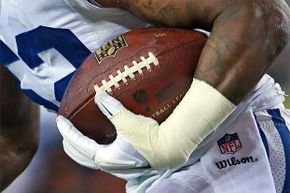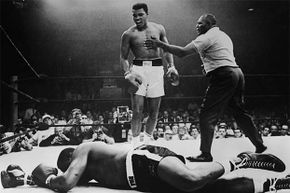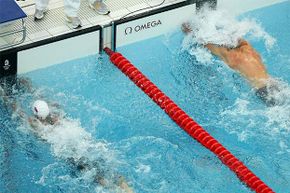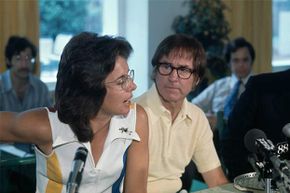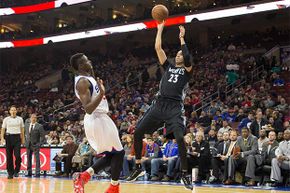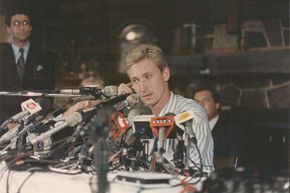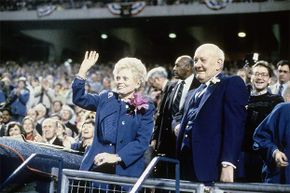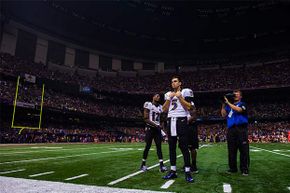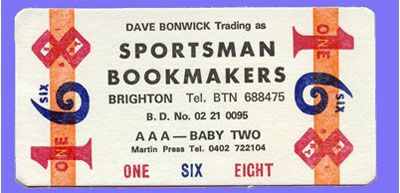Every serious sports fan is a closet conspiracy theorist. When your team loses the championship game on a bad call, some small part of you wonders if the refs weren't paid off. Another small part of you — the angrier, more obnoxious part — might even scrawl unfounded accusations all over the Internet.
Sports conspiracy theories have existed for decades — hockey fanatics in Toronto still gripe about Ottawa players supposedly salting the ice in a Stanley Cup game more than 100 years ago — but the Internet had thrown gas on the conspiracy fire [source: MacGregor].
Advertisement
Take the 2015 Super Bowl as one shining example [source: Curtis]:
- First, there was "Deflategate," a conspiracy involving the alleged intentional deflation of footballs by the Patriots in their AFC championship game against the Indianapolis Colts.
- Then there was "Lynchghazi," the alleged decision by Seattle Seahawks coach Pete Carroll to deny star running back Marshawn Lynch the MVP by passing instead of rushing on the (failed) final play of the game.
- And don't even get us started on the Illuminati imagery in Katy Perry's halftime show. That's just obvious!
Not all sports conspiracy theories are totally nuts, though. Over the decades, some of the most outlandish ones have proven to be absolutely true. We've collected a list of 10 crazy-sounding sports conspiracies that are entirely plausible.
